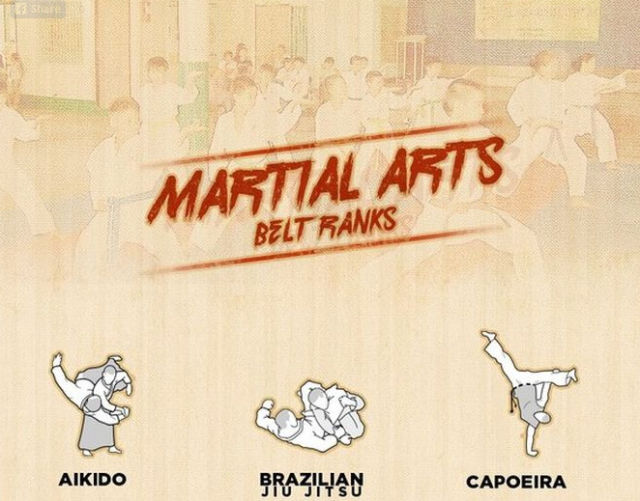The Background And Advancement Of Martial Arts Around The World
The Background And Advancement Of Martial Arts Around The World
Blog Article
Web Content Created By-Wilcox Workman
Martial arts have a remarkable history that covers centuries and continents. You might discover it fascinating how old techniques like Shuai Jiao and Kalaripayattu laid the groundwork for modern-day battle techniques. These techniques not just stress physical abilities but also mirror the societies that birthed them. As you explore their development, take into consideration exactly how globalization has actually transformed these traditional kinds into crossbreed styles. What mma classes near me adults do you assume have formed today's martial arts landscape?
Ancient Martial arts: The Foundations of Battle
As you explore the globe of old martial arts, you'll discover the rich foundations that shaped battle strategies across cultures. Very early practices focused on Self-Defense and survival, usually integrating strikes, hurting, and weapons.
In old China, for example, methods like Shuai Jiao highlighted tosses and joint locks, while India's Kalaripayattu showcased dexterity and fluid activity. Japanese samurai established Kenjutsu, a polished swordsmanship that highlighted self-control and approach.
These martial arts served not just for battle yet likewise as a way of personal advancement, instilling worths like regard and perseverance. The mixing of these techniques with time laid the groundwork for the diverse martial arts you see today, each reflecting the unique philosophies and demands of its culture.
The Cultural Impact on Martial Arts Development
While martial arts commonly reflect the useful demands of a culture, they additionally symbolize the social values and ideas of their beginnings. When you explore different martial arts, you'll observe how they're influenced by religious beliefs, philosophy, and social norms.
For example, the emphasis on regard and self-control in Japanese martial arts comes from Zen Buddhism and samurai culture. On the other hand, Brazilian Jiu-Jitsu promotes flexibility and strategy, formed by the demand for efficiency in a varied, modern environment.
You may locate that the rituals, uniforms, and training techniques show a community's background and identity. By understanding browse around here , you deepen your admiration of martial arts and their role in shaping human experiences around the world.
Modern Adaptations and the Globalization of Martial arts
Martial arts have changed considerably in recent decades, adapting to contemporary culture and global impacts. You'll notice that conventional forms have mixed with contemporary strategies, developing hybrid styles like MMA. These adjustments deal with diverse audiences, making martial arts accessible and attractive around the world.
With the surge of social media and digital systems, you can locate tutorials and competitors from all edges of the world, breaking geographical obstacles. martial arts history has led to a common appreciation for numerous self-controls, from Brazilian Jiu-Jitsu to Taekwondo.
As you engage with these arts, you'll realize they're not just about fight; they advertise fitness, technique, and mental well-being.
Ultimately, modern-day adjustments have improved the martial arts landscape, making it a dynamic and advancing method.
Final thought
In discovering the history and evolution of martial arts, you discover a remarkable blend of techniques, cultures, and viewpoints. From ancient techniques like Shuai Jiao and Kalaripayattu to the modern-day flexibility seen in mixed martial arts, martial arts mirror mankind's pursuit for Self-Defense and personal development. As you involve with these methods, you not only gain abilities but likewise a much deeper admiration for the varied traditions that form our globe today. So, proceed your journey and welcome the art of battle!
